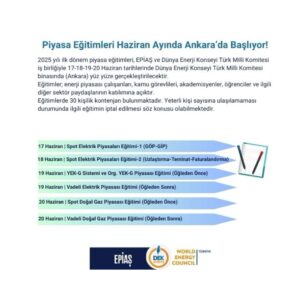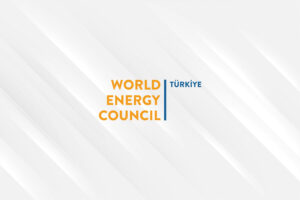This blog was originally posted on LinkedIn by our CEO and Secretary General of the World Energy Council Dr Angela Wilkinson.
When I was a child, my paternal grandmother’s favourite story was about a big adventure that completely changed her world in the early 20th century – a newfound ability to take the tram to work.
This might sound ordinary and boring – it certainly did to me as a young girl – but we often overlook the extraordinary impact of the energy transitions of the 20th century on historically ignored and underrepresented communities. Suddenly, my grandmother’s commute to the job she loved – at an electric lighting company, no less – was no longer so burdensome, and her comparably small world became exponentially larger. And she raised her son, to raise his daughter as an equal.
The first electrification revolution promised ‘life at the press of a button’ and the end to 18 hours of domestic drudgery and unclean cooking for millions of women. By the 1930s, women’s rights movements in USA and Europe were demanding to be heard and joining the dots between energy developments and equity. This is evident in the historical records of the World Energy Congress; the Electrical Association for Women was created following its 3rd edition in 1936, back when it was still known as the World Power Conference.
Energy transitions have the potential to completely transform structural, gender and intergenerational inequalities, just like they did for my grandmother. As JB Bentham recently wrote, “If we want a future with a healthy planet, then half the world’s population – women – must be unleashed from the many different constraints they continue to face in all societies.”
The pace and direction of any large-scale system change such as global energy transition cannot be designed ‘top down’. Questions about fair share of risks and benefits are impacted by a new global context, with widespread demand for and diverse definitions of justice and inclusion.
Leadership concerns tend to overlook the deeper social transformation opportunities of global energy transitions. Most attention is focussed on discussing the prices of technologies, financing gap and benefits of more international public-private sector cooperation.
Social risks and climate change impact risks are either overlooked or an afterthought – clumped into a narrow empowerment agenda – basic access/poverty, reskilling opportunities and job creation.
These are important but not enough. It does not address the un-livability risk facing at least 9% of the world’s population today and projected to rise to 39% by 2100 due to extreme heat and weather events which are still inevitable if we stopped all emissions today.
Including voices and communities that have always been historically underrepresented and often ignored is more than a matter of justice, it’s a source of knowledge, learning and innovation.
Involving women, workers, youth, indigenous and vulnerable communities and the new, emerging middle classes – as peers in the global energy transition process and a next electrification revolution is one of the most power levers we can pull as we redesign energy systems for billions of better lives on a healthy planet.
If we are serious about the rhetoric of ‘leave no one behind,’ or better still ‘bring everyone along’, we need to start a different conversation with more people and communities about the opportunities for deeper societal transformation and reconnecting human and societal wellbeing with planetary health.
The foundation for this new conversation is bottom up and middle-out engagement. It takes the form of a new approach to radical collaboration, which enables everyone to move forward even when there isn’t full consensus. And it’s guided by a more holistic ambition than net zero global energy systems – how to navigate towards a safe operating space, between planetary boundaries and with social floors? How to shift beyond growth to a new model of climate resilient and regenerative progress?
It’s vital to humanise energy to avoid the risk that exclusive and disorderly transitions trigger a different kind of revolutionary power and greater threat to global peace.
New models of human and economic development which enable people and planet to coexist in harmony and flourish together are emerging. Bold experiments in just energy transitions are being pioneered in many countries. We can’t design a climate positive, nature positive and wellbeing positive future top down but we can cocreate it by reconnecting top down with bottom up and middle-out movements.
We have been on the precipice of fast and fundamental systems change before. In the UK, many communities were left behind during the last major energy shift from coal to gas. Creating transition plans that have more people and place-based communities at their heart is essential to ensure we do not repeat these same mistakes.
Aberdeen, the capital of Europe’s offshore oil supplies, is in the midst of becoming a key hub of Big Energy. Central to that vision is the Aberdeen Clean and Just Transition Project, a partnership set up between bp, the World Energy Council, and Aberdeen City Council to ensure the hopes and dreams, economic prosperity and social wellbeing of those living in the region are included in the journey. There is evidence of a lot of heat and friction, but no acceleration of decarbonisation with justice is yet in sight.
As energy stakeholders gather in London for Climate Action Week, we must emphasise that the story of energy transitions must be shaped and delivered by actors – women, workers, youth, indigenous and vulnerable place-based communities – directly impacted by the process to ensure just and inclusive outcomes.
And ahead of COP28, we must emphasise that multiple pathways can and must progress in parallel; and that, for a climate positive, nature positive, wellbeing positive future, a better quality of intergenerational dialogue, which includes new voices in the present and new approaches to moving all forward despite differences, is needed.



